NARRATIVE STRATEGIES AND PRODUCTION ROUTINES IN UNIVERSITY SCIENTIFIC JOURNALISM
DOI:
https://doi.org/10.54789/rihumso.23.12.24.2Keywords:
Scientific journalism, University, Media, scienceAbstract
The objective of this article has been to analyze the modes of didactic transposition of
the scientific content developed by a specialized media in university scientific
journalism, to study its production routines and to understand the type of relationship it
establishes with expert sources. This is the analysis of the CTyS News Agency, of the
National University of La Matanza, which for 13 years has been committed to the public
communication of Science.
Taking into account that scientific dissemination contributes to the creation of a more
critical and rational citizenry, with more resources to reflect on their problems and
intervene in the definition of public policies, it becomes relevant to investigate the close
relationship between Science, Communication and University, through a specialized
university media.
Currently, the range of possibilities for disseminating scientific and technological
advances is immeasurable given the diversity of options offered by new information
and communication technologies. However, within this broad spectrum, the use of mass media is one of the most effective ways, due to its wide scope, to disseminate
science.
Published
How to Cite
Issue
Section
Copyright (c) 2023 Cecilia Laclau, Maria Cristina Lago

This work is licensed under a Creative Commons Attribution-NonCommercial-NoDerivatives 3.0 International License.
The authors that publish in this Journal accept the following terms:
a. Authors retain copyright and grant the journal right of first publication with the work simultaneously licensed under a Creative Commons Attribution License Attribution-NonCommercial-NoDerivs 3.0 Unported (CC BY-NC-ND 3.0) that allows others to share the work with an acknowledgement of the work's authorship and initial publication in this journal.
b. Authors are able to enter separate, additional contractual arrangements for the non-exclusive distribution of this journal's published version of the work (e.g., post it to an institutional repository or publish it inside a book), with an acknowledgement of its initial publication in this journal. All the works published on this Journal are retrieved and safeguarded in the Institutional Repository of this University: Repositorio UNLaM
c. Authors are allowed and encouraged to post their work online (e.g., in institutional repositories or on their website) prior to and during the submission process, as this can lead to productive exchanges, as well as to enriching and enlarging the number quotations on the work published.
















